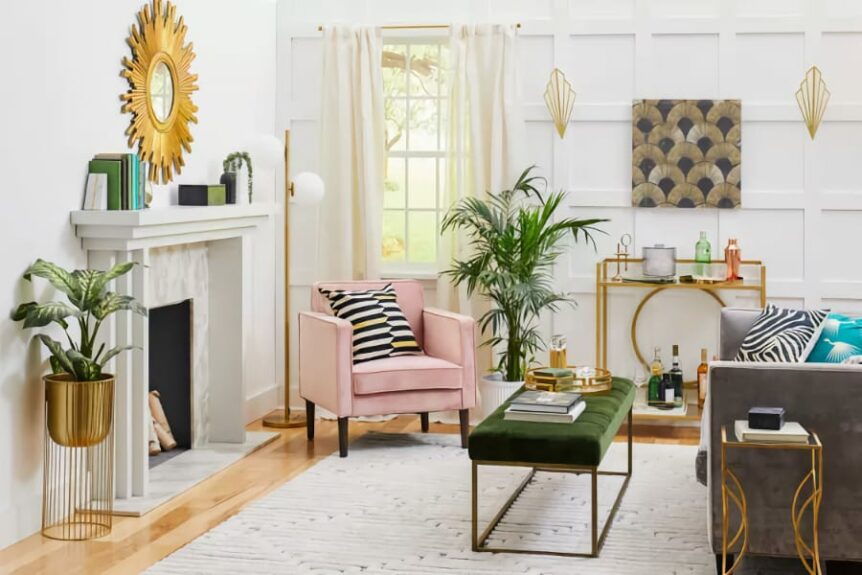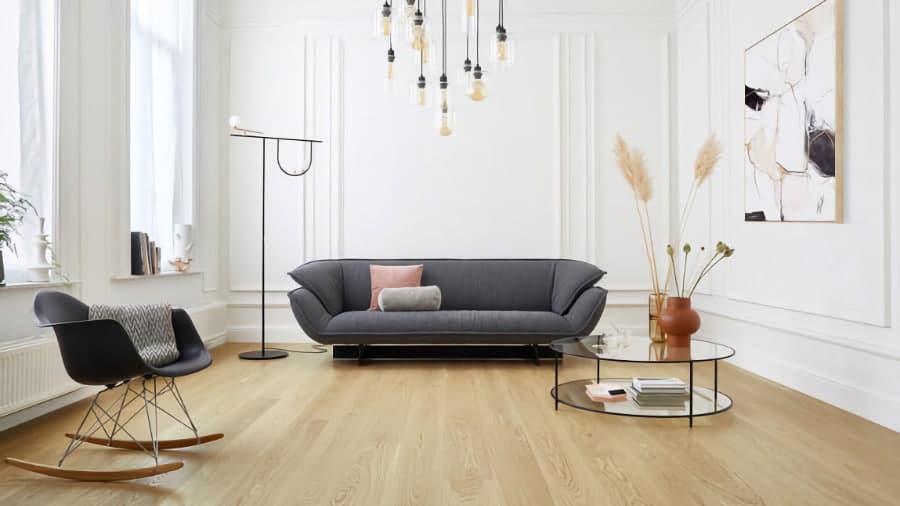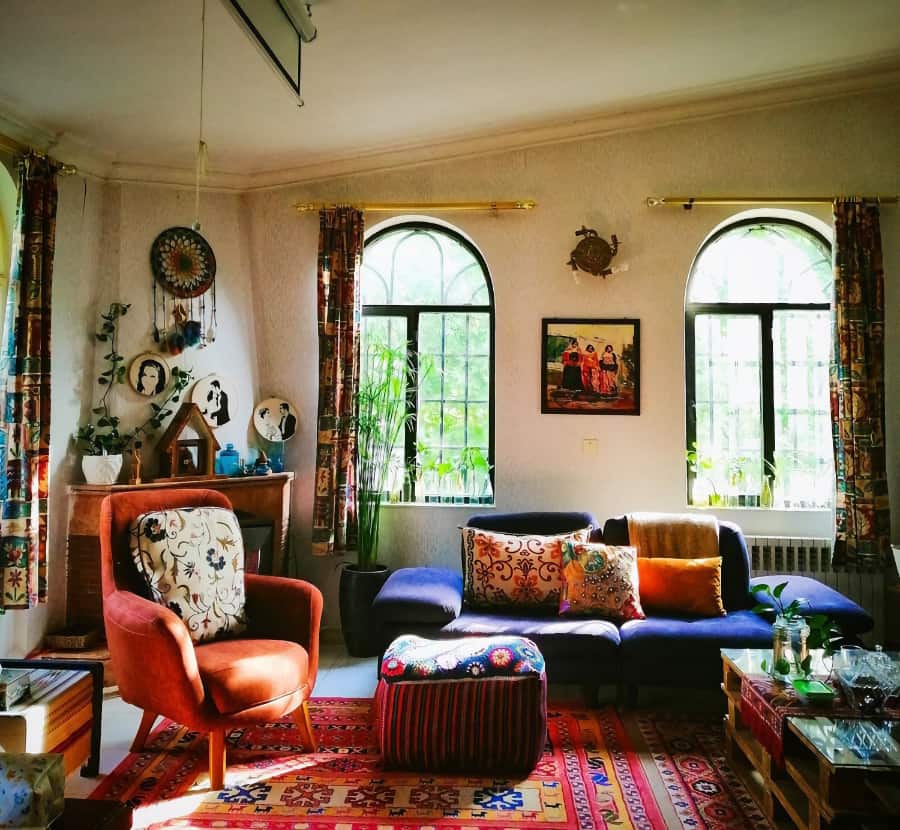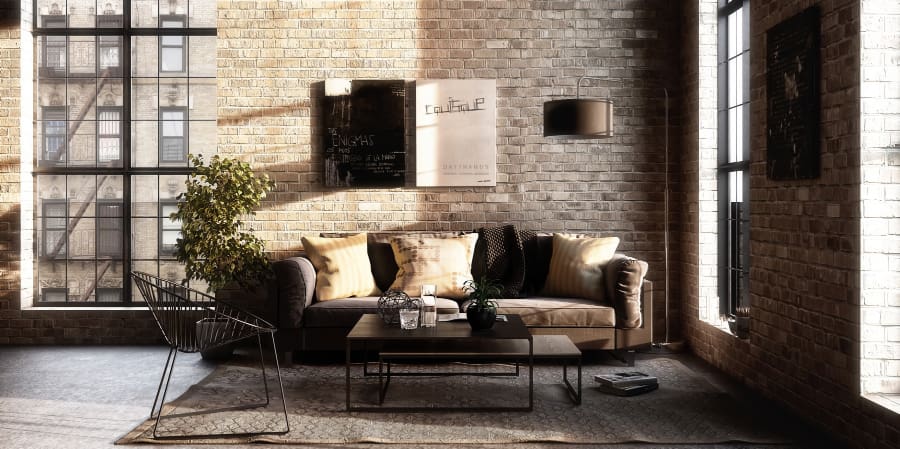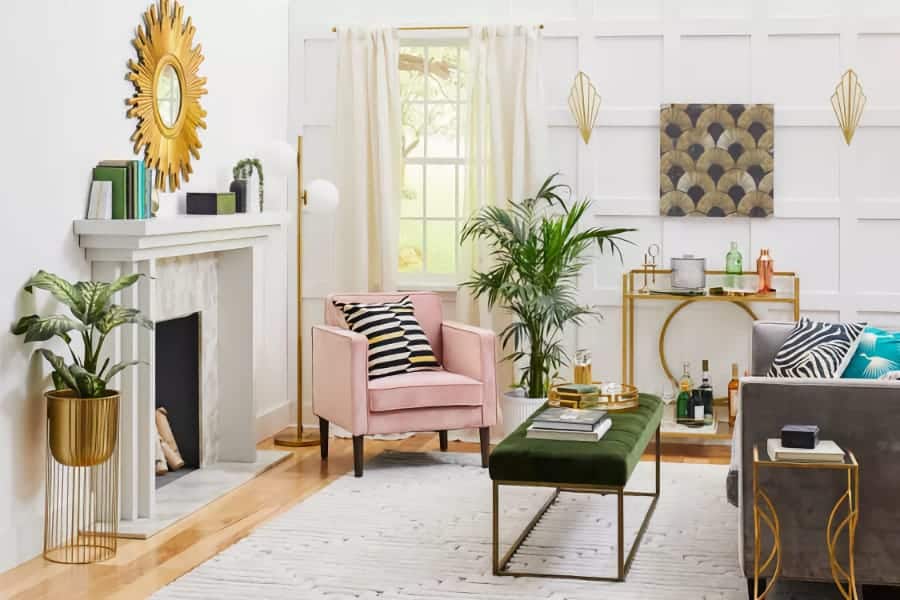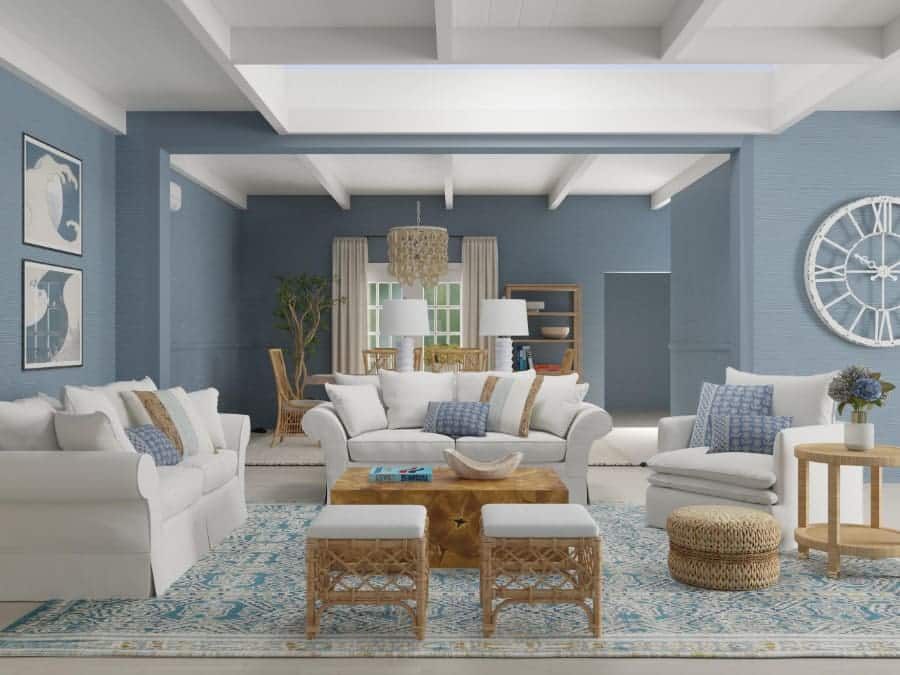Making decisions about the exterior of your bespoke conservatory or orangery is only the first step in designing your perfect space. Once construction is complete, it’s time to get creative with the interior. No matter how you plan to use your space, there are a huge range of interior design themes that you can choose from to create your ideal sanctuary.
Here we suggest five unique styles of interior design to inspire your project.
Scandinavian design
Originating in Nordic countries and emerging in the early 20th century, Scandinavian design has links to modernism with a focus on soft and clean design elements. It’s a popular choice for those seeking a serene, functional and aesthetically pleasing environment.
With a focus on maximising natural light, Scandinavian design is the perfect interior design theme for a conservatory or orangery, which captures natural light in abundance. It also promotes links with nature, with natural colours and materials incorporated into the design.
Scandinavian design has a big focus on simplicity: think clean lines, calming colours and uncluttered spaces. Functionality is another large aspect, and often each piece within the room serves a purpose of some kind. It’s also common to incorporate soft furnishings with varying textures, like cosy blankets, soft cushions and rugs made of natural materials.
Bohemian design
Also referred to as ‘boho’ or ‘boho chic’, Bohemian design is an eclectic and artistic style that draws inspiration from a range of cultures. This form of design reflects a free-spirited and carefree attitude, with an emphasis on self-expression and individuality, ideal for homeowners who embrace a more unconventional and expressive approach to interior design.
Bohemian design incorporates a rich and warm colour scheme, often taking inspiration from jewel tones like deep purples, blues and reds, as well as earthy hues like browns, greens and terracotta. The patterns associated with the Bohemian style also tend to be bold, with a variety of patterns often mixed and layered, coupled with a range of textures to create depth and visual interest.
Sourcing vintage and one-of-a-kind items can really give a Bohemian feel to your conservatory or orangery, with handmade decor and artisanal objects playing a key role in the overall design. Plants and greenery are also often incorporated, enhancing the feeling of life and freshness.
Industrial design
As the name suggests, this theme takes inspiration from industrial spaces, such as factories and warehouses. It celebrates the raw, unfinished aesthetic of industrial settings and is often suited to buildings with high ceilings and open floor plans – a common design characteristic of both conservatories and orangeries.
Industrial design often uses a neutral colour palette, including shades of grey, black, white and earth tones. These colours are complemented by metal accents, such as steel beams, pipes and metal light fixtures. If you’re planning to design your glazed extension with an industrial theme, ask your designer to leave some exposed brickwork or piping to complement the decor.
As for furniture, industrial design often embraces imperfections with weathered and distressed pieces. Vintage furniture is a common choice, often sturdy and functional with a focus on woods and metals.
Art Deco
A popular design style of the 1920s and ’30s, Art Deco is characterised by bold geometric shapes, lavish ornamentation and a sense of luxury and opulence. It often takes on a rich colour palette, with vibrant emerald greens, ruby reds and bold deep blues. Metallic shades are often used to complement the overarching deeper theme.
Art Deco utilises geometric shapes, such as zigzags and chevrons, juxtaposed with curved forms and smooth contours. The style has plenty of exotic influences and often incorporates luxurious materials, like marble, chrome, glass and precious metals.
Very streamlined and sleek, Art Deco design often feels balanced and precise with a sense of order and harmony, despite the high contrast of colours, patterns and textures. Mirrored surfaces and glossy finishes are commonly used to add to the glamour and sophistication of the design, contrasted with bold patterns that create visual impact.
Coastal design
Creating a light and peaceful aesthetic, coastal design evokes a relaxed and breezy atmosphere with elements that reflect the natural beauty of the sea, sand and coastal areas. This type of design typically maximises natural light and views by incorporating large windows, so it’s no surprise why this theme works so well for glazed extensions.
Coastal design often uses a soft, light colour palette, such as shades of white, cream, beige and pastel blues, mimicking the natural hues of sand, sea and water. Natural materials are also a popular choice, including weathered wood, wicker and rattan. Light fabrics, both in colour and composition, are often incorporated, such as linen, cotton and sheer materials.
Casual and comfortable furniture often lends itself to coastal design, usually light upholstery in neutral colours. Nautical elements are incorporated through decor items, such as driftwood, oars, anchors and seashells. Other ‘beachy’ patterns are also a common choice, like stripes, waves and coral motifs.
However you choose to design your conservatory or orangery, make it a space that enhances your home and suits your lifestyle. At Hampton Conservatories, we want to help you create your dream space. View our brochure for more examples of our work.

